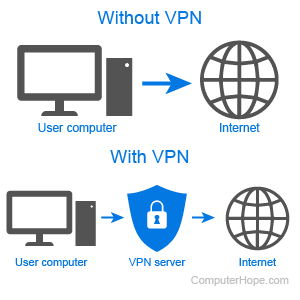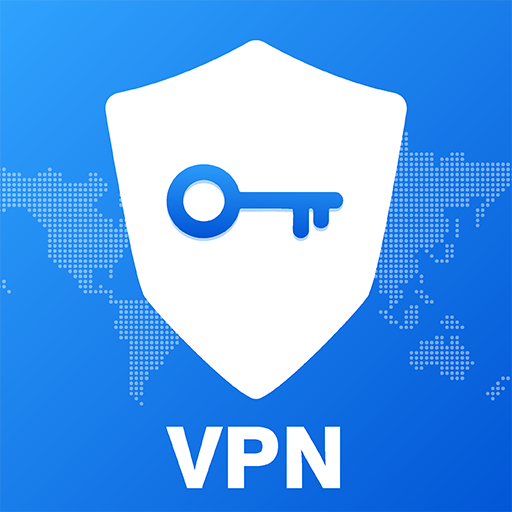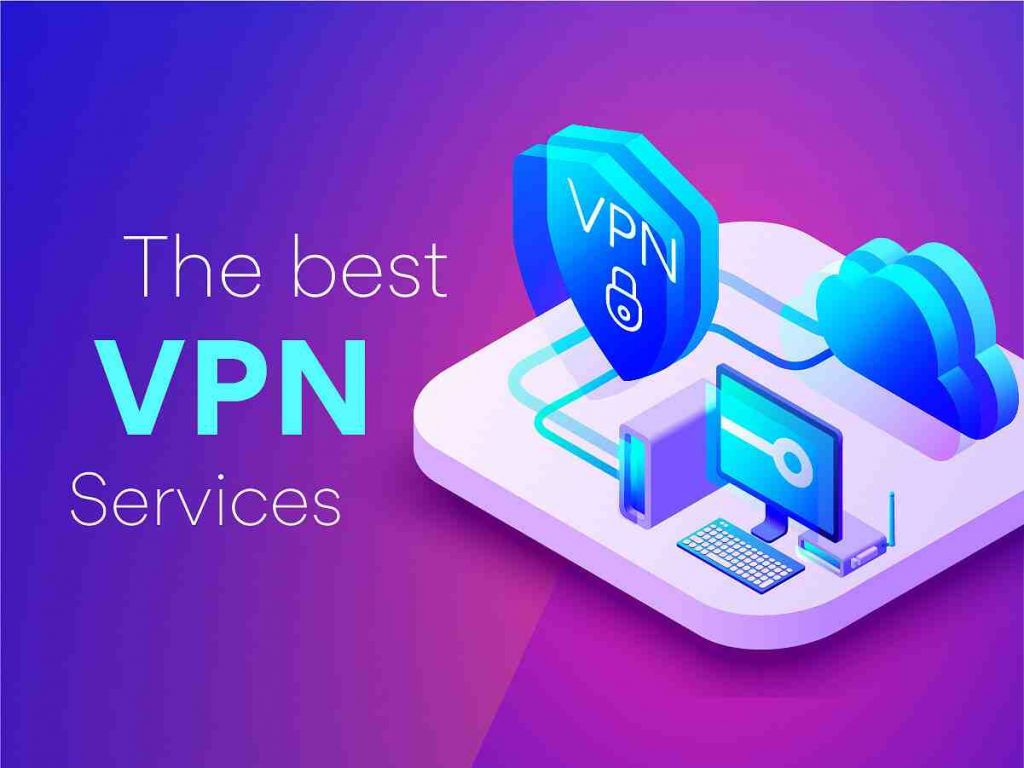There are so many technologies out there that it’s easy to confuse two. This can often be the case with RDP and VPNs, two protocols that have different dynamics and purposes. So what do these two technologies do and should they ever be used together?
The biggest benefit of RDP is that it gives you access to network resources, databases, and line-of-business software applications without the limitations and high bandwidth requirements of VPN. Because so little data is passed over the connection, RDP is ideal for low-bandwidth environments.
What is RDP used for?
Remote Desktop Protocol (RDP) is a secure network communication protocol developed by Microsoft. It allows network administrators to remotely diagnose problems that individual users are encountering and allows users to remotely access their physical work desktop computers.
What is RDP and how does it work? What is RDP? The Remote Desktop Protocol allows remote users to view and use Windows on a device in a different location. Key peripherals like keyboard and mouse are shared with the remote computer, allowing you to use and control it as if you were sitting right in front of it.
Is RDP like a VPN?
While RDP and VPN perform similar remote access functions, VPNs allow users to access secure networks, while RDP grants remote access to a specific computer. While this access is useful for granting access to employees and third parties, it is perpetual and insecure.
Is RDP still used?
Remote desktop software can use several different protocols, including RDP, Independent Computing Architecture (ICA), and Virtual Network Computing (VNC), but RDP is the most commonly used protocol.
How Much Internet Does RDP Consume?

| scenario | standard mode | H.264/AVC 444 mode |
|---|---|---|
| web browsing | 6-6.5 Mbps | 0.9-1Mbps |
| picture gallery | 3.3-3.6Mbps | 0.7-0.8Mbps |
| video playback | 8.5-9.5Mbps | 2.5-2.8Mbps |
| Full screen video playback | 7.5-8.5Mbps | 2.5-3.1Mbps |
How much bandwidth does RDP need? Minimum bandwidth: 2 Mbps bandwidth, 50 ms latency. Recommended bandwidth: 100 Mbps bandwidth, 1 ms latency.
Does RDP use a lot of data?
The amount of data sent over RDP depends on user activity. For example, a user can work with basic text content for most of the session, consuming minimal bandwidth, but then produce a hard copy of a 200-page document on the local printer. This print job is consuming a significant amount of network bandwidth.
How Much Data Do VPN and Remote Desktop Use?
Over a normal public connection, the data consumption would be exactly 2GB. However, using a VPN that encrypts the data for you increases data consumption. Since 2GB is actually 2,048MB of data, that means technically you’re transferring more like 2,348MB in total. Now this multiplies for every single file you access.
Is VPN the same as remote access?

Flexibility. Although they share some similarities, VPN and remote desktop are functionally different things. A VPN gives you access to a network, while Remote Desktop (or RDP) gives you control of an entire computer.
How does VPN for remote access work? A remote access VPN works by creating a virtual tunnel between an employee’s device and the company’s network. This tunnel goes through the public internet, but the data sent back and forth is protected by encryption and security protocols to keep it private and secure.
Need VPN for remote access?
No, but they perform a similar function. With a VPN you can access a secure network. RDP allows you to access a specific computer remotely. Both (usually) encrypt your traffic in one way or another, and both give you private access to a server or device that might be thousands of miles away.
Which is Better VPN or Remote Desktop?
Security. Although both VPN and RDP are encrypted over an internet connection, a VPN connection is less accessible to threats than a remote desktop connection. Because of this, VPN is often considered more secure than RDP.
Sources :
